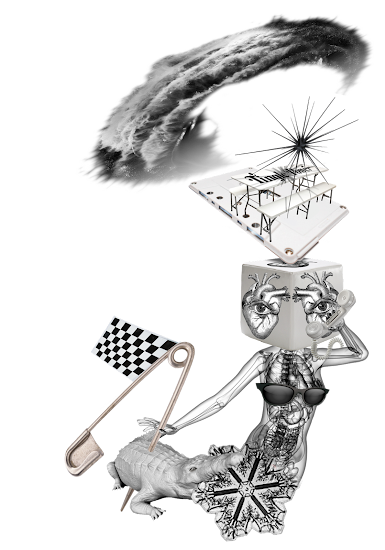If I were to impart one thing about detecting
—from my years as a criminal investigator
—it is this: there's always
one thing, which proves or disproves a persons guilt or innocence. And, that one thing needs to
always be the lens with which the rest of the investigation is examined through.
This is not to infer that an investigator doesn't have to collect every item of evidence, interview every possible witness, and always remain impartial. But, I recall what happened when investigators (and lawyers, and judges) failed to keep the investigation (court proceedings, trial) focused through that
one thing; the result was almost always the same: guilty people were not held accountable for their crimes.
Bad people go free when they (or their lawyers) cause law enforcement to lose focus on the
one thing.

When I explained this #1 Rule of Thumb to my subordinates, I referred to it as the
Bloody Socks Rule. I contend that the OJ Simpson trial would have resulted in a conviction if the prosecution spent a few days showing the jurors what the crime scene looked like and then explained about the socks collected from the floor of OJ's bedroom—which had the blood of OJ, Nicole, and Goldman on them—and then said, "the prosecution rests your honor." Forget about the Bruno Magli shoes, Kato Kaelin, Mark Furman, and the bloody gloves; the
one thing is the socks with three peoples blood on them.
Any case can be fogged by the "what about..." and "explain the..." but as long as the
one thing is kept in the forefront—bad people are caught and put in prison.
The assassination of President Kennedy is a famous example of an investigation that has been so incredibly inundated in evidence and investigation and re-investigation, that most people believe there was a conspiracy (by some large government organization).
I know there was no conspiracy. Lee Harvey Oswald acted alone. Jack Ruby acted alone. The reason I know is because of two
one thing's (one for Oswald and one for Ruby).
Oswald moved (back) to Dallas Texas in October of 1963 and got a job at the Texas Book Depository. Over six weeks later (mid-November) the "parade route" of the President's motorcade was published in the Dallas Newspaper, showing it would pass in front of the Book Depository. Oswald arrived at work the morning of 22 November 1963 with a long item wrapped in newspaper; he told co-workers it was curtain rods. [Although it's a
second thing it
is helpful to also know about Oswald's mindset: that (according to his wife) he tried to assassinate Retired General Edwin Walker with the same rifle in April 1963. The bullet hit a window frame; fragments injured Walker in the arm.]
This is Oswald's
one thing because when he got the job at the Depository, the route was not yet decided by the Secret Service.
Ruby always carried a pistol and was a "cop groupie" (cops drank at his strip club for free; Ruby frequently hung around the police station). The morning of Sunday, 24 November 1963, Ruby got a phone call from one of his employees, asking him to wire her $25. He took his favorite dog, Sheba, and wired the money a little after 11am. Then, leaving Sheba in his car, Ruby walked a block to the police station, arriving about four minutes before Oswald was escorted out.
This is Ruby's
one thing. His timing and the presence of Sheba shows that he was acting on impulse.
UPDATE: It was brought to my attention that my 'one thing' rule may apply in the case of the JFK assassination by Oswald, but that it does not work for the subsequent murder of Oswald by Ruby because he provided the above story to explain that he had acted on impulse. So, I did more reading.
I discovered it's probable Oswald shot his rifle several times but only hit JFK once in the back of the neck. Then, a Secret Service Agent, riding in the chase vehicle (while trying to turn and point a rifle at the book depository) accidentally shot JFK in the back of the head. This explains all the cover-ups.
The entire Secret Service chain-of-command acted, coerced, and then helped Ruby (who was terminally ill). They stopped the Dallas autopsy and later removed all of their own bullet fragments. These details may have been disclosed to one or more members of the Warren Commission, although - as of 2017 - "almost all" of the Warren Commission Report has been "approved for public release" and none of this is in official documents.
I can understand why senior members of a government might want to classify the ironic but chilling fact surrounding the idea that the 'Secret Service accidentally shot the person they were supposed to protect and then covered up that mistake by having Oswald murdered.' How far up would that level of a cover-up needed to go? And - would uncovering that cover-up cause more problems than it would solve? There's a huge philosophical thought experiment open for discussion!
Most people in this society who aren't actively mad are, at best, reformed or potential lunatics. — Susan Sontag


















































